This is an AI translated post.
Changdeokgung Palace in Seoul, a UNESCO World Heritage Site
- Writing language: Korean
- •
-
Base country: All countries
- •
- Travel
Select Language
Summarized by durumis AI
- Changdeokgung Palace, located in the heart of Seoul, is a Joseon Dynasty royal palace designated as a UNESCO World Heritage Site in 1997, and is famous for its beautiful gardens and architecture.
- Changdeokgung Palace was built as an auxiliary palace to Gyeongbokgung Palace in 1405. After Gyeongbokgung Palace was destroyed in the late 16th century, it became the main royal residence of the Joseon Dynasty. It retains its historical and cultural significance even after the Japanese colonial rule of Korea in the early 20th century.
- Changdeokgung Palace is divided into public and private areas, and you can explore the royal residence, banquet hall, and garden. You can also enjoy various cultural activities such as traditional Korean music and dance performances, and traditional Korean clothing experiences.
Changdeokgung Palace, located in the heart of Seoul, South Korea, is one of the most historically significant and architecturally impressive landmarks in the country.
Built during the Joseon Dynasty, it served as the royal residence for over 270 years and was designated a UNESCO World Heritage Site in 1997.
Known for its beautiful gardens and stunning architecture, Changdeokgung Palace is a must-visit for anyone interested in Korean history, culture, and architecture.
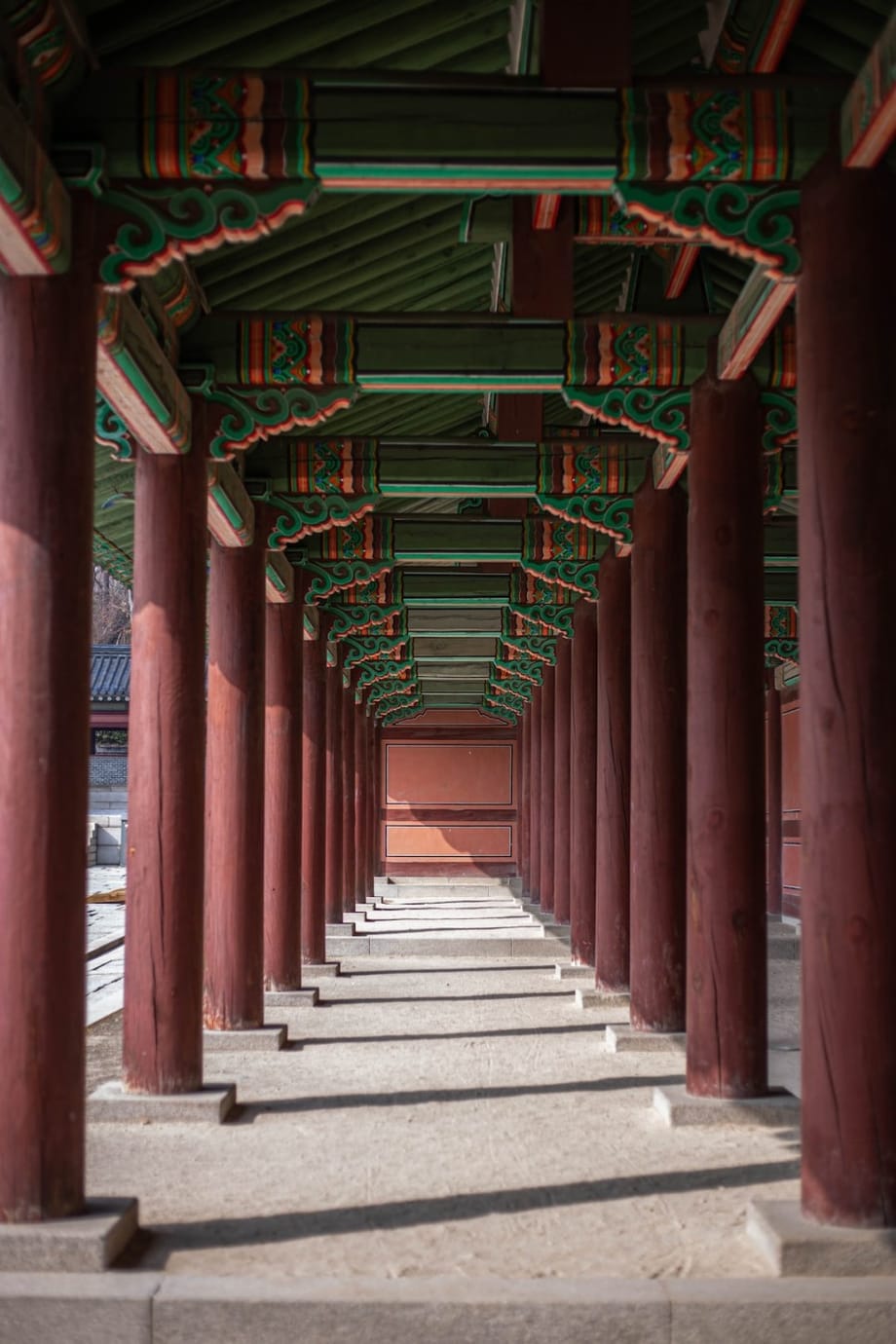
Location and Geographical Features
Changdeokgung Palace is situated in the heart of Seoul, in the Jongno-gu district.
It occupies a vast area of approximately 550,000 square meters, and the palace itself is surrounded by beautiful gardens and forests.
The palace is nestled at the foot of Bukhansan Mountain, providing a stunning backdrop and enhancing the natural beauty of the surrounding area.
Before entering the main palace grounds, visitors can enjoy a pleasant stroll through the palace's picturesque gardens.
The surrounding gardens and forested areas surrounding the palace are also an integral part of its charm and beauty.
The gardens are designed to harmonize with the surrounding natural landscape, offering a diverse array of plants, trees, and flowers, including cherry blossoms, azaleas, and pine trees.
The gardens also feature ponds, streams, and water features, adding to the natural beauty and offering a peaceful retreat from the bustling streets of Seoul.
Its location in the heart of Seoul makes it easily accessible to visitors, and the combination of stunning architecture, beautiful gardens, and natural surroundings creates a peaceful and serene atmosphere, making it a perfect destination for those seeking an escape from the city and an immersion into Korean history and culture. It is also a popular tourist destination for both domestic and foreign visitors due to its proximity to other historical landmarks and cultural attractions.
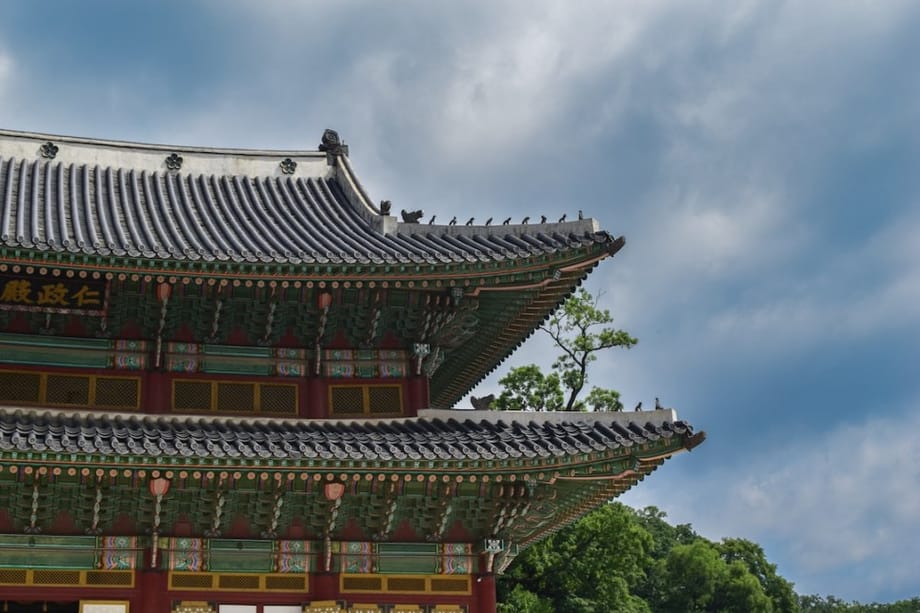
History
Changdeokgung Palace was built during the Joseon Dynasty, which ruled Korea from 1392 to 1910.
It was initially built in 1405 as a secondary palace to Gyeongbokgung Palace, which was then the primary royal residence. However, after Gyeongbokgung Palace was destroyed by Japanese invaders in the late 16th century, Changdeokgung Palace became the main royal residence of the Joseon Dynasty.
Throughout its history, Changdeokgung Palace has undergone numerous renovations and expansions, with many buildings being destroyed and rebuilt due to fires and invasions.
However, the palace has retained its distinctive blend of Korean traditional architecture, making it a significant historical and cultural landmark in Korea.
Changdeokgung Palace has also been the site of many important historical events, including the Japanese colonization of Korea in the early 20th century.
During this period, the palace was used as headquarters by the Japanese colonial government, and it underwent significant changes in architecture and layout.
Despite these changes, Changdeokgung Palace has retained its historical and cultural importance, and it was designated a UNESCO World Heritage Site in 1997.
Today, Changdeokgung Palace is one of the most popular tourist destinations in Seoul, with millions of visitors each year coming to admire its beautiful architecture and learn about Korean history and culture.
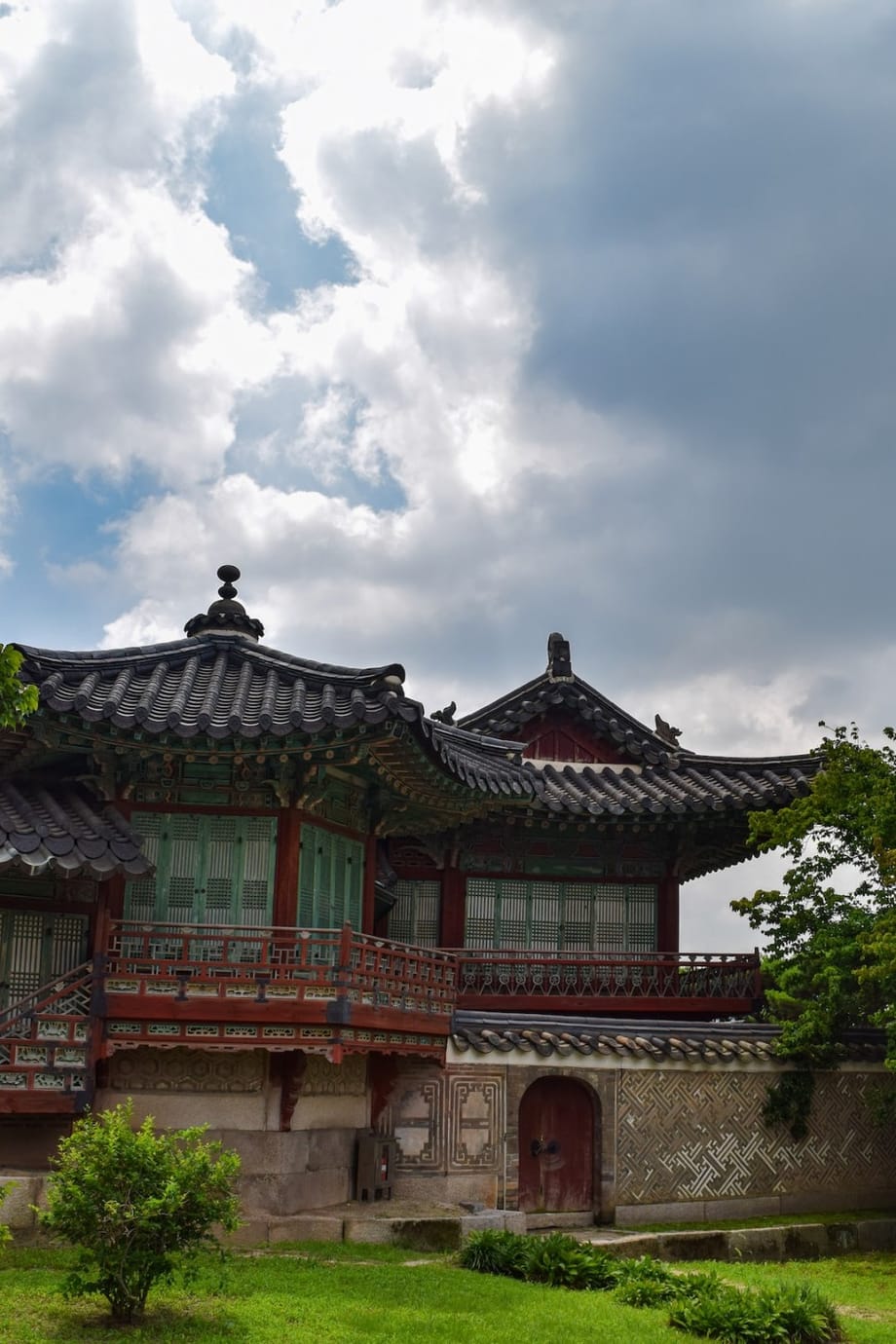
Composition
Changdeokgung Palace is composed of a series of buildings, gardens, and courtyards connected by walkways and paths.
The palace is generally divided into public and private areas.
In the public area, visitors can explore the palace's magnificent architecture and learn about Korean history and culture.
This area contains the throne room, banquet halls, and other important ceremonial buildings used by the Joseon royal family.
Visitors can also stroll through the palace's beautiful gardens, which feature a variety of native Korean plants and trees.
In the private area, visitors can explore the royal family's living quarters, including bedrooms, kitchens, and other private rooms.
This area also features many courtyards and smaller gardens within the palace, offering a glimpse into the daily life of the Joseon royal family.
Beyond exploring the palace's many buildings and gardens, visitors can also enjoy a variety of cultural activities and experiences.
These include performances of traditional Korean music and dance, as well as events where visitors can try on traditional Korean clothing and participate in Korean tea ceremonies.
In addition, there are various food and beverage options near Changdeokgung Palace. Visitors can enjoy traditional Korean snacks and street food from nearby vendors or dine at one of the many restaurants and cafes located within walking distance of the palace.
Overall, Changdeokgung Palace offers a unique and immersive cultural experience that shouldn't be missed.
Whether you're interested in Korean history and architecture or simply looking for a place to spend a peaceful and beautiful day, Changdeokgung Palace is a satisfying destination for all.
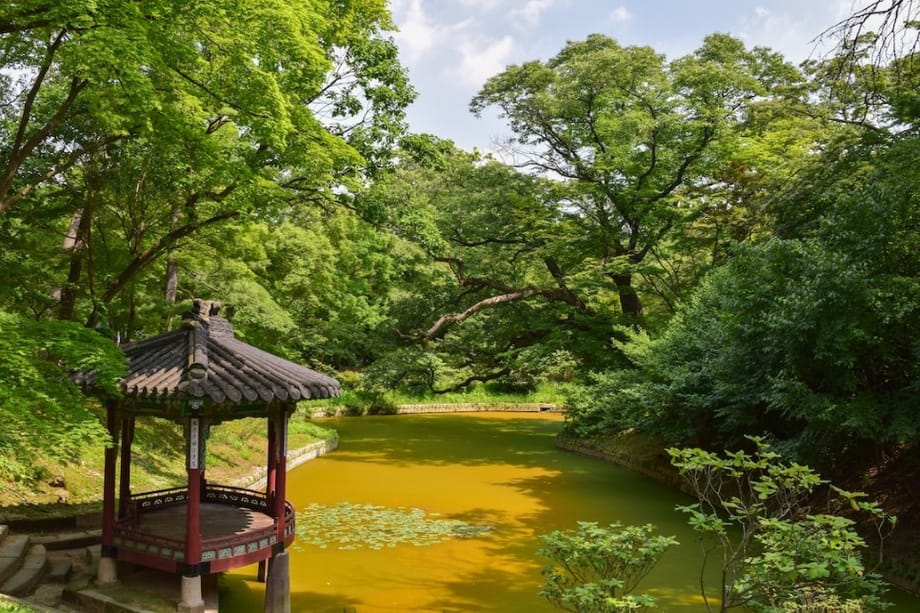
Secret Garden
Changdeokgung Palace's Secret Garden, also known as Huwon, is a beautiful and serene space located behind the palace.
It covers an area of about 315,000 square meters and features a variety of landscapes, including ponds, pavilions, and forested areas.
Originally built in the early 15th century, the Secret Garden was designed as a place where the king could relax and enjoy nature.
Over the centuries, the garden has been expanded and modified several times, with new features and structures added to reflect the changing tastes of successive dynasties.
Today, the Secret Garden is open to the public and is a popular destination for both tourists and locals.
Foreign visitors can learn about the garden's history and significance through guided tours or simply wander through its winding paths and enjoy the beauty of the natural environment.
Some of the garden's most notable features include the Buyeongji Pond, surrounded by small pavilions, and the Juhapru Pavilion, which offers stunning views of the surrounding mountains.
The garden is also home to many rare and endangered plant species, making it an important site for conservation and research.
Overall, Changdeokgung Palace's Secret Garden is a must-visit for anyone visiting Seoul.
Its serene beauty and rich history combine to offer a unique and unforgettable experience.
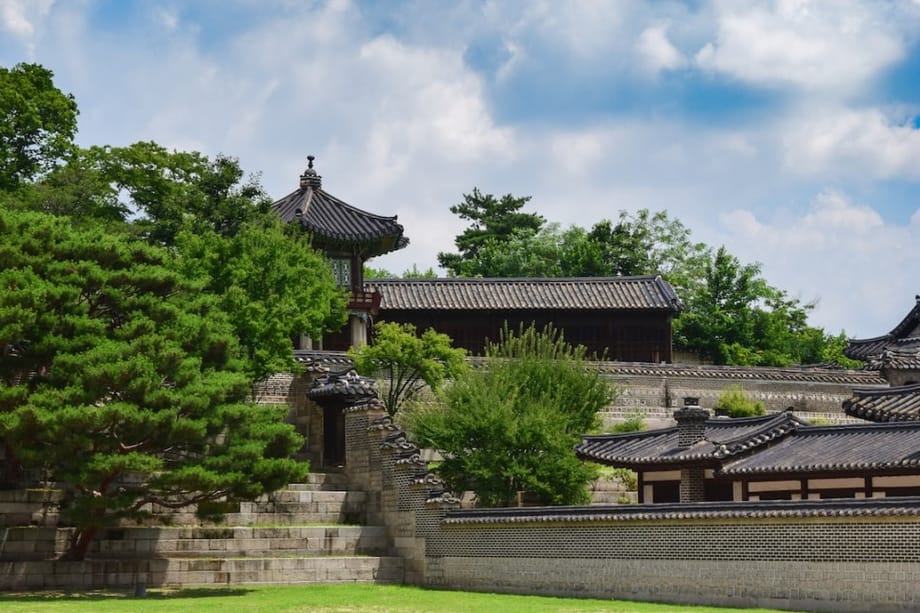
Historical Significance
Changdeokgung Palace is one of the most historically significant sites in Seoul, having played a crucial role in Korean history for over 600 years.
First built in the early 15th century during the Joseon Dynasty, it served as the main royal palace for over two centuries, and it was the site of many important historical events, including the coronation of kings and the signing of important treaties.
While much of the palace was destroyed or damaged during the Japanese occupation of Korea in the early 20th century, it has since been restored to its former glory.
Today, Changdeokgung Palace is a UNESCO World Heritage Site and is considered one of the finest examples of traditional Korean architecture and design.
The significance of Changdeokgung Palace lies not only in its physical beauty but also in the fact that it houses many historical and cultural treasures, including important artwork, artifacts, and documents.
Overall, Changdeokgung Palace is an important part of Korean history and culture, serving as a symbol of Korea's enduring traditions and heritage.









